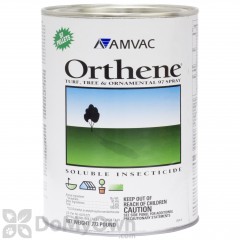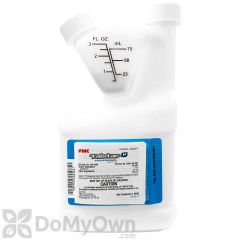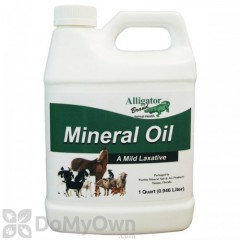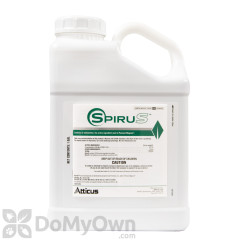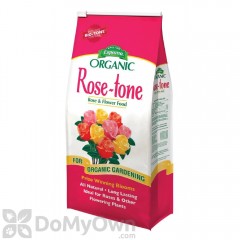
Tekko 0.2G Granular Mosquito Larvicide
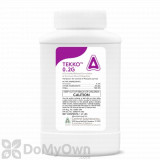
Have a Question? Ask Our Pros!
You May Also Need
-
Product Overview
Tekko 0.2 G is an excellent insect growth regulator that inhibits mosquito larvae from maturing and turning into adults. It inhibits the reproduction and growth of insects, removing the possibility of re-infestation. Tekko 0.2 G comes in a granular formula that is easy and convenient to use. It targets all types of mosquitoes including larvae and pupae in aquatic environments. It helps in eliminating insects that cause diseases such as West Nile virus, Zika, Dengue, and Chikungunya. Ideal to use on ditches, gutters, drainage, birdbaths, water-holding receptacles, and abandoned swimming pools.
-
Details
Active Ingredient Novaluron - 0.2% Target pests All Mosquito species larvae and/or pupae in aquatic environments. For use in Drainage areas, ditches, waste water treatment facilities, retention ponds, bird baths, abandoned swimming pools, gutters, water-holding receptacles(e.g., tires, flower pots, cans & other containers). See label for complete list of use sites. Application Apply to bodies of water or containers that may harbor mosquito larvae and release the active ingredient to provide control for up to 90 days at the highest application rate or 60 days at the lowest application rate. Pet safe Yes, if used as directed on the label. Formulation Granular Formula. NOT FOR SALE TO AK, CA, NY
CT (Restricted To Licensed Applicators Only)Dimensions 2.00 x 3.75 x 6.75 inches. Shipping Weight 1.28 lbs Manufacturer Control Solutions (Mfg. Number: 82300330) UPC 072693003323 EPA Registration 53883-344 ENVIRONMENTAL HAZARDS
This pesticide is toxic to freshwater and estuarine/marine invertebrates. Runoff can be hazardous to aquatic organisms in water adjacent to treated areas. This product is for use only in sites listed on this label that do not drain directly into natural water bodies. Do not apply to intertidal areas below the mean high water mark. Do not contaminate water when disposing of equipment wash waters or rinsate. Aquatic organisms may be killed in waters where the pesticide is used. Consult with the State agency with primary responsibility for regulating pesticides before applying to public waters to determine if a permit is needed.
DIRECTIONS FOR USE
It is a violation of Federal law to use this product in a manner inconsistent with its labeling.
Do not use in potable water containers.
TEKKO 0.2G can be used in governmental mosquito control programs, by professional pest control operators, by homeowners or in other mosquito or midge control operations.
READ ALL DIRECTIONS COMPLETELY BEFORE USE
APPLICATION INSTRUCTIONS: TEKKO 0.2G is formulated to be applied to bodies of water or containers that may harbor mosquito larvae and release the active ingredient to provide control for up to 90 days at the highest application rate or 60 days at the lowest application rate. The period of control may be limited in areas of high turnover or high organic matter content and retreatment may be necessary.
APPLICATION SITES: TEKKO 0.2G can only be applied to sites which do not drain DIRECTLY into natural water bodies.
Temporary or permanent sites which support mosquito larval development:
Catch basins, uncultivated agricultural and non-agricultural non-food areas, horse troughs (only for horses not intended for slaughter), dredging spoil sites, drainage areas, ditches, waste water treatment facilities, dairy or poultry lagoons, other animal waste lagoons, livestock runoff lagoons, sewage effluent, retention ponds, harvested timber stacks, swales, storm water drainage areas, sewers, catch basins, tree holes, bird baths, landfills, rain barrels, flooded roof tops, abandoned swimming pools, gutters, junk yards, abandoned vehicles, water-holding receptacles (e.g., tires, urns, flower pots, cans & other containers), and other natural and manmade depressions.
Application Method: TEKKO 0.2G can be applied by hand (wearing protective gloves) where only a small quantity is needed, e.g. breeding sites that hold small quantities of water such as flower pots, bird baths, cans, and other small containers. After proper calibration to ensure the application rate is correct, this product can also be applied using hand fertilizer spreaders, motorized backpack spreaders, or specialized equipment by air. For application to shallow surface pools (up to 6” depth), apply 26.5 oz. to 53 oz. (750 to 1,500 g) of TEKKO 0.2G per 100 sq. ft. of surface area. Use the higher rate for deeper pools and high organic matter.
Timing: TEKKO 0.2G works only against larval stages of mosquitoes, so begin treatment at the beginning of the mosquito season. Continue treatments up to the last brood of the season. TEKKO 0.2G provides up to 90 days of control, at the highest rate, in sites with limited turn-over of water. The active ingredient in TEKKO 0.2G will continue to be released over time.
*See label for the complete list of application rates
-
Product Documents
-
Customer Reviews
-
2 Questions & Answers
Helpful Q&A'sQWill Tekko 0.2G Granular Mosquito Larvicide work of other larvae?Area with little water flow and very high organic matter full drain fly larvae. Is this safe to drain into city sewer?ATekko 0.2G Granular Mosquito Larvicide is only labeled for all mosquito species larvae and/or pupae in aquatic environments. It will not kill drain flies or the larvae nor other insects. It is safe…
Read Full Answer »Tekko 0.2G Granular Mosquito Larvicide is only labeled for all mosquito species larvae and/or pupae in aquatic environments. It will not kill drain flies or the larvae nor other insects. It is safe around sewers.QHow does Tekko 0.2G Granular Mosquito Larvicide compare to other larvicides such as Sumularv 0.5, Tekko Pro or Altosid for treating water on street by a curb that drains poorly?ATekko 0.2G Granular is comparable to Altosid Pro-G and Sumilarv 0.5G because they are all mosquito larvicides. They have different active ingredients but are all designed to stop mosquito larvae at th…
Read Full Answer »Tekko 0.2G Granular is comparable to Altosid Pro-G and Sumilarv 0.5G because they are all mosquito larvicides. They have different active ingredients but are all designed to stop mosquito larvae at the pupal stage. As long as this area where you are treating standing water does not drain into natural bodies of water, they are permitted to be used If you are planning to treat a pond with fish, then Altosid Pro-G will be the best choice in that case as it is not toxic to fish and Tekko 0.2G and Sumilarv 0.5G are.
